In a country of 17,000 islands, travel by boat is inevitable. We thought that traveling to Flores by ferry would be interesting, and it certainly was! We paid an extra dollar to be in the "fancy" section, which meant there were seats with cushions. In the room behind us, the next class down had hard plastic seats and blaring music. But right from the start I wished we had saved the dollar - the Economy class looked way more fun. The upstairs sections were stuffy and full of cigarette smoke. Downstairs, a refreshing breeze blew over the open platform that served as Economy class. Families laid out their bamboo mats and sleeping pads, socializing and eating by the huge open windows. It had the atmosphere of a holiday picnic. They shared the space with a few rows of motorcycles, a horse, and a rooster, but I still wondered why so many people preferred the "better" tickets.
Our 4pm ferry took off at 6pm, with an estimated travel time of ten hours
. Fifteen hours later, after a restless night splayed out on the seats (Shen) and a rented floor mat (me), we arrived at the Flores harbor of Ende. I went downstairs to watch our arrival and quickly saw why people preferred the upstairs rooms: the Economy class floor was soaking wet from bow to stern.
Disembarking was pure chaos. The platform lurched from side to side, apparently not connected to the dock in any way. We staggered off the boat while throngs of people pushed in the opposite direction, boarding the ferry for its next port of call. We were accosted immediately, and in close quarters, by men offering motorcycle rides to town. We pushed past the crowd to the parking lot, where we found a bemo (minivan for local transport) that we shared with a family. I was grateful for the van - in many cases, motorcycles are the only option, but with our big backpacks on they are neither comfortable nor particularly safe.
By the time we arrived in Moni we had spent 22 hours in transport (which is, by the way, approximately the time it took us to fly from DC to Bali)
. Moni was a wonderful place to land. It's a small, quiet mountain town surrounded by rice paddies and other villages. The gorgeous scenery and inexpensive lodging made it perfect for a few days of recovery. We walked around quite a bit, wandering through villages and talking to people. We also met a few other travelers. Bali is chock full of them, mostly (forgive me) drunk Australians; In ten days on Sumba, on the other hand, we saw only one. Moni was a nice in-between. Everyone we met was traveling for at least two months, so they all had interesting stories and advice for us.
On our second morning, we woke up at 4:30 for the sunrise journey to Kelimutu National Park. The focus of Kelimutu is three volcanic lakes, the remnants of collapsed volcanic peaks. The lakes change color over the course of the year because of changes in mineral composition. The largest lake is always a brilliant turquoise, but the other two shift between various shades of red, brown, and black. During our visit, though, the one that is normally reddish was a deep sea-green
. The third was entirely covered by a blanket of fog when we arrived, but revealed its brown hue by the time we left.
We were lucky to have a clear sky for sunrise, but it quickly clouded over. We wanted to see the lakes in sunlight, when they seem to glow, so we settled in at "Inspiration Point," from which you can see all three. With the sun still low on the horizon and no trees to buffer the wind, it was cold. A few enterprising men carry hot water up in thermoses every morning and sell tea, coffee, and instant noodles, so we wrapped ourselves up in a blanket and took advantage of that. (We were a bit disconcerted to notice, hours later, that they picked the used plastic forks out of the trash for use with the next round of tourists).
Most people spend an hour or two at the lakes before heading down, so over more than four hours at the top, we saw several rounds of people. That aspect was fun, too. There is a definite pattern: only the foreigners come up for sunrise
. As they filter out, Indonesian tourists from other islands start to arrive. Only late in the afternoon do local people show up. Tradition has it that the souls of the deceased come to Kelimutu, and they are sent to the different lakes depending on their age and their comportment in life. I don't know if those beliefs still hold, but it's neat that locals still make the pilgrimage up there.
On the way down, we decided to forgo the shortcut through the villages, since we had walked that trail the day before. Bad idea! We didn't realize how much shorter the shortcut made it. Our walk down was a steep four hours on hard pavement, sharing the backpack. It might have been enjoyable on a trail, but the pavement was killing our feet by about hour three. Wouldn't you know it: after weeks of people yelling, "transport!" at us every other minute, when we actually needed it, it was nowhere to be found. With the early wake-up call and the long walk, we were pretty much dead for the rest of the day. We were tired, but it was a good tired!
Interminable Ferries and Magical Lakes
Thursday, June 30, 2011
 Moni, East Nusa Tenggara, Indonesia
Moni, East Nusa Tenggara, Indonesia
Other Entries
-
1Arrival
May 2833 days prior Nusa Lembongan, Indonesiaphoto_camera19videocam 0comment 3
Nusa Lembongan, Indonesiaphoto_camera19videocam 0comment 3 -
2Exploring the Nusa
May 3031 days prior Nusa Lembongan, Indonesiaphoto_camera15videocam 0comment 3
Nusa Lembongan, Indonesiaphoto_camera15videocam 0comment 3 -
3Kami belajar Bahasa Indonesia!
Jun 0327 days prior Seminyak, Indonesiaphoto_camera18videocam 0comment 3
Seminyak, Indonesiaphoto_camera18videocam 0comment 3 -
4New Friends
Jun 0624 days prior Seminyak and Lovina, Indonesiaphoto_camera9videocam 0comment 4
Seminyak and Lovina, Indonesiaphoto_camera9videocam 0comment 4 -
5Good time to go
Jun 1020 days prior Seminyak, Indonesiaphoto_camera11videocam 0comment 0
Seminyak, Indonesiaphoto_camera11videocam 0comment 0 -
6Ubud
Jun 1515 days prior Ubud, Indonesiaphoto_camera41videocam 0comment 0
Ubud, Indonesiaphoto_camera41videocam 0comment 0 -
7Bali-Bye
Jun 1713 days prior Denpasar, Indonesiaphoto_camera11videocam 0comment 8
Denpasar, Indonesiaphoto_camera11videocam 0comment 8 -
8The Wild East
Jun 1911 days prior Waingapu and Pulupanjang, Indonesiaphoto_camera10videocam 0comment 2
Waingapu and Pulupanjang, Indonesiaphoto_camera10videocam 0comment 2 -
9Surf Camp
Jun 237 days prior Kallala, Indonesiaphoto_camera17videocam 0comment 6
Kallala, Indonesiaphoto_camera17videocam 0comment 6 -
10Skipping through the village
Jun 264 days prior Waikabubak, Indonesiaphoto_camera24videocam 0comment 0
Waikabubak, Indonesiaphoto_camera24videocam 0comment 0 -
11Interminable Ferries and Magical Lakes
Jun 30 Moni, Indonesiaphoto_camera34videocam 0comment 0
Moni, Indonesiaphoto_camera34videocam 0comment 0 -
12Housewarming, Flores-Style
Jul 022 days later Bajawa, Indonesiaphoto_camera48videocam 0comment 1
Bajawa, Indonesiaphoto_camera48videocam 0comment 1 -
13Komodo Part I: Land
Jul 077 days later Labuanbajo, Indonesiaphoto_camera26videocam 0comment 2
Labuanbajo, Indonesiaphoto_camera26videocam 0comment 2 -
14Komodo Part II: Sea
Jul 077 days later Labuanbajo, Indonesiaphoto_camera11videocam 0comment 0
Labuanbajo, Indonesiaphoto_camera11videocam 0comment 0 -
15Not in Kansas
Jul 1111 days later Jakarta, Indonesiaphoto_camera9videocam 0comment 2
Jakarta, Indonesiaphoto_camera9videocam 0comment 2 -
16Surf Extravaganza - Shen's Guest Post!
Jul 1818 days later Batu Karas, Indonesiaphoto_camera27videocam 0comment 7
Batu Karas, Indonesiaphoto_camera27videocam 0comment 7 -
17The Joys of Travel
Jul 1919 days later Yogyakarta, Indonesiaphoto_camera1videocam 0comment 3
Yogyakarta, Indonesiaphoto_camera1videocam 0comment 3 -
18Path to Enlightenment (or at least better grammar)
Jul 2222 days later Borobudur, Indonesiaphoto_camera39videocam 0comment 5
Borobudur, Indonesiaphoto_camera39videocam 0comment 5 -
19Visa Run
Jul 2323 days later Singapore, Singaporephoto_camera7videocam 0comment 1
Singapore, Singaporephoto_camera7videocam 0comment 1 -
20River Cruising
Jul 2727 days later Pangkalan Bun, Indonesiaphoto_camera49videocam 0comment 3
Pangkalan Bun, Indonesiaphoto_camera49videocam 0comment 3 -
21Into the Wild
Aug 0334 days later Kutai National Park, Indonesiaphoto_camera32videocam 0comment 5
Kutai National Park, Indonesiaphoto_camera32videocam 0comment 5 -
22Surf Safari - SHEN GUEST POST #2!!!
Aug 1041 days later Kuta, Indonesiaphoto_camera34videocam 0comment 2
Kuta, Indonesiaphoto_camera34videocam 0comment 2 -
23Honeymooning At Last
Aug 1445 days later Gili Meno, Indonesiaphoto_camera14videocam 0comment 3
Gili Meno, Indonesiaphoto_camera14videocam 0comment 3 -
24Happy Postscript
Aug 1647 days later Washington DC, United Statesphoto_camera4videocam 0comment 4
Washington DC, United Statesphoto_camera4videocam 0comment 4

 Moni, East Nusa Tenggara, Indonesia
Moni, East Nusa Tenggara, Indonesia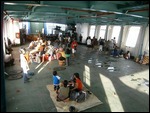
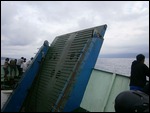
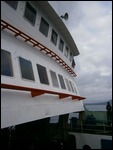




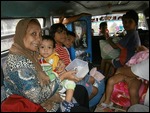
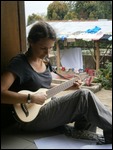

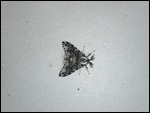
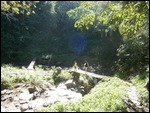
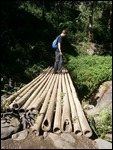


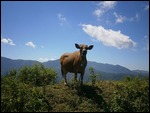
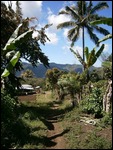
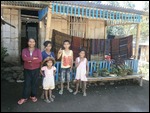
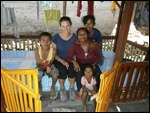
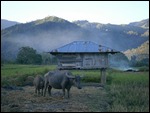
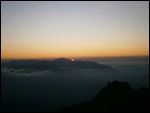
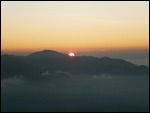
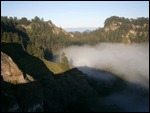
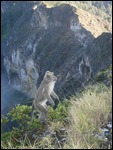
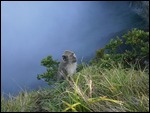
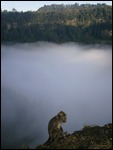
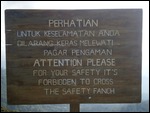
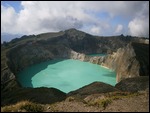
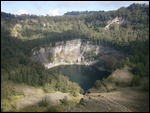
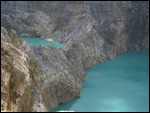
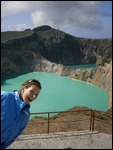
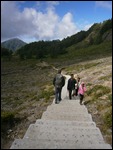
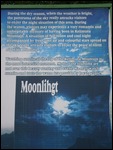
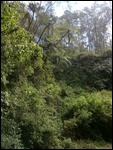
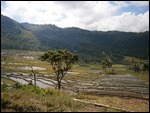
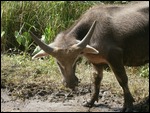
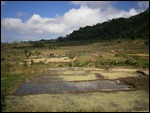
2025-05-22